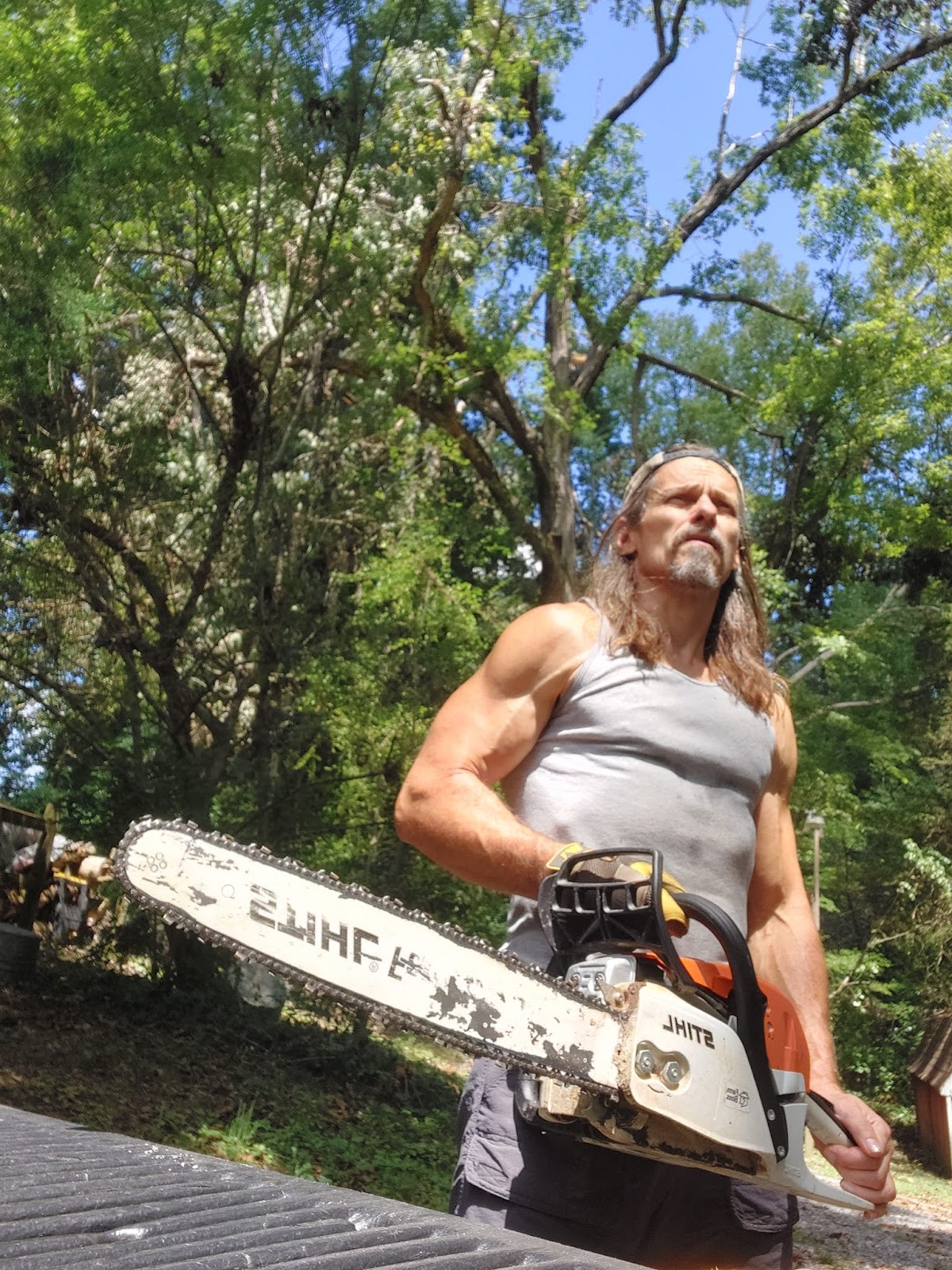| I have not done a standard push-up since the age of 55 --58 at the moment. |
Let me ask you a couple of questions.
Question 1:
Do you do push-ups as part of your combat conditioning/fitness regimen?
Question 2:
Do you consider yourself, at least, an intermediate athlete, that is, of
average fitness level or above?
If you answered “Yes” to both, well, you just may be wasting
your time; in the worst case, if your goal is improvement, you are stealing
time/energy expenditure from superior tools.
The push-up [Floor Dip to Old Schoolers] was originally
used as an introductory exercise for the untrained and then abandoned once the
athlete graduated from sedentary rookie status.
Unconvinced?
Let’s look at it another way.
I currently weigh 170 pounds.
If I were to say to you…
“Guess what? I can bench press 110 pounds!”
You may think that is an odd lowball brag and question
my presumed bonafides as a guy who works out now and then.
The kinda/sorta standard bench press for reps used by
Box Training type modalities is 135 pounds. This is usually considered an
endurance type bench.
225 pounds gets closer to pushing into power.
My 110-pound bench seems meager next to those numbers.
So, after I brag that I can bench 110 handily, would
you advise me, “Great job, Mark. Stick to that weight and never try and move
up.”
Or,…
“Good job, let’s see if we can add a plate or two
on that bar next time and see what she wrote.”
I wager most of you would advise—more plates.
Why did I pick 110 pounds to pick on?
Because that is 65% of my bodyweight. [Actually 110.5
would be but…]
Data from 2002 research into the topic by M. Duffey
and V.M. Zatsiorsky found that 65% of bodyweight is the MOST load one can
shift onto the chest IF performing the movement with strict optimum form and
cadence.
Poor form and fast cadence reduced the load even
further.
My 110-pound bench becomes even lighter with poor form
and added speed.
The Old Schoolers and the data back up that—once we
can do the Floor Dip properly, 65% of bodyweight is where its gonna stick.
Progress Is Not Made—Simply Homeostasis.
“But Mark you can make the exercise harder by
moving hands and feet around, that fixes this 65% problem, right?”
Perceived difficulty does not always translate to the
intended goal.
Let’s presume we are using the Floor Dip/Push-Up as a
chest conditioner.
Some realize that elevating the feet makes the
exercise harder.
It does.
Not because it adds more than 65% of bodyweight to the
load, but rather because it shifts that load to emphasize an alternate less
robust muscle group. In the case of elevated push-ups, we now emphasize the
front delts, shifting focus from the chest conditioner we intended.
No argument versus elevation for front delt work
[again, there are better choices], but if the intention is chest….
Elevated Feet—Harder, yes, but it is no longer the
same exercise.
We can bench more than we strict overhead press, the overhead
press is perceived to be harder because the movement plane is focused on a less
robust muscle group, but no one mistakes it for being a substitute exercise for
the same goal as the bench press.
“I hear ya, Mark, but I can always add more reps,
right?”
More, sure—we can ask that of any exercise—let’s say I
run the mile comfortably in 8 minutes, am I wiser now to run two miles at 8 minutes
per mile and continue to add mile after mile at this 8-minute pace or to strive
to run faster.
Intensity over Addition—Addition gets us into
catabolism and we eat the very gains we desire.
Side-Note:
I do not run. Warrior Walk for cardio only. No ifs, ands, or buts.
Another Addition No No
Higher reps in regards to the push-up--
Often “more” is no longer a push-up but a gymnastic,
quasi-bounce that relies on kinetic energy that by-passes the peak-contraction
principle which is the very aspect we need to foster growth.
In other words, to reach higher numbers we often adopt
a speedier technique that provides us with less rewards than if had simply
stuck to a mere 10 reps but did those with super-strict super sloooooooooow
form.
Why does the push-up persist?
I wager it is a cultural artifact with a twist of
economic factors.
Push-ups require no gear, they’re easy to learn, easy
to offer in a fitness class/Boot Camp structure, they have military cachet, we
can impress ourselves with high numbers but, that don’t make them the best
choice, hell, the Old schoolers and the science tell us they aren’t even a good
choice for any athlete once they can knock out 25 or so with strict form and
measured cadence.
Remember 65% of your bodyweight is the
best this exercise is gonna get.
65% is a failing grade in academic
studies.
Likely that grade holds here.
There are better tools available.
Not all require weight [some do.]
Some of the 65% boundary can be by-passed via some Old School wisdom.
Wisdom that allows us to make gains and not spin our
wheels with an exercise that outgrows it utility 2 weeks into training.
Info on our science-backed Old School
Inspired Conditioning
Available Volumes in The Unleaded Program
·
The Pliant Physique
·
Core Stability
·
Hips Stability
·
GFF: Grip-Fingers-Forearms.
Upcoming Unleaded Volumes include…
·
Hidden Gems: Stabilizing Muscle
[Pre-Hab, Re-Hab, & the True Core]
·
The Shotgun Muscle Trifecta:
Strengthening the Peripherals
·
The Shock Muscle Trifecta: Ballistic
Motion for Combat Athletes
·
The Tarzan Twelve: Feats to Show Off
What You’ve Built
·
And complete Batterys for Core:
Abdominal Strength and Rotational/Extension Game-Changers, Thigh-Hips-Knees,
Biceps, & Triceps.
·
The Unleaded Female Warrior Program
·
[Each Program is a DVD/Booklet package.]
More Resources for Livin’ the Warrior
Life!

Comments
Post a Comment